Calaptin 40
✅ Blood pressure control
✅ Angina relief
✅ Heart rate regulation
✅ Improved blood circulation
✅ Reduction of chest pain
Calaptin 40 contains Verapamil.
Product Overview
Calaptin 40 is a pharmaceutical formulation containing Verapamil as its active component. Presented in tablet form, this medication is primarily indicated for managing diverse cardiovascular conditions. Verapamil, the therapeutic agent in Calaptin 40, is classified as a calcium channel blocker, effectively employed in the treatment of hypertension, angina pectoris, and specific cardiac arrhythmias. The drug exerts its therapeutic effects by inducing vasodilation, thereby enhancing circulatory efficiency and diminishing cardiac workload.
Therapeutic Applications
Calaptin 40 is clinically utilized for:
– Hypertension management through vascular smooth muscle relaxation and consequent blood pressure reduction
– Angina pectoris treatment in coronary artery disease patients
– Cardiac rhythm regulation in conditions including atrial fibrillation and atrial flutter by modulating cardiac conduction velocity
Administration Guidelines
For optimal therapeutic outcomes:
– Consume orally with adequate water as prescribed
– Maintain consistent timing relative to meals (food intake does not affect absorption)
– Swallow tablets whole without crushing or chewing
– Strictly adhere to prescribed dosing regimen
– Avoid abrupt discontinuation without medical supervision
Mechanism of Action
Verapamil hydrochloride, the active pharmaceutical ingredient, demonstrates its pharmacodynamic effects through:
– Selective inhibition of calcium ion influx across myocardial and vascular smooth muscle cell membranes
– Coronary and peripheral arterial vasodilation
– Depression of sinoatrial and atrioventricular nodal conduction
– Reduction of myocardial oxygen demand through decreased afterload
Dosage Protocol
Standard dosing recommendations:
– Initial adult dosage: 80 mg TID (subject to individual titration)
– Maintenance range: 240-480 mg daily in divided doses
– Geriatric or hepatic impairment patients: Reduced initial dosing may be necessary
– Regular therapeutic monitoring is essential for dose optimization
Therapeutic Advantages
- Demonstrated efficacy in blood pressure control and cardiovascular risk reduction
- Significant improvement in anginal symptoms and functional capacity
- Effective rhythm control in supraventricular tachyarrhythmias
- Flexible dosing compatibility with other antihypertensive regimens
- Established safety profile with extensive clinical experience
Adverse Effects
Frequently reported reactions include:
– Neurological: Dizziness, cephalgia
– Gastrointestinal: Constipation, nausea
– Cardiovascular: Peripheral edema, bradycardia
– General: Fatigue, flushing
These typically demonstrate dose-dependency and temporal resolution
Precautions
Special considerations:
– Contraindicated in severe left ventricular dysfunction
– Requires cautious use in hepatic impairment
– Significant drug interactions with:
– CYP3A4 inhibitors/inducers
– Cardiac glycosides
– Beta-adrenergic antagonists
– Grapefruit products contraindicated
– Requires gradual withdrawal to prevent rebound phenomena
Storage Specifications
Maintain under controlled conditions:
– Temperature: 15-30°C
– Protection from moisture and light
– Secure storage away from pediatric access
– Discard compromised packaging
Medical Disclaimer:
The provided information represents curated medical knowledge intended for educational purposes only. This content does not substitute professional medical advice, diagnosis, or treatment. While we strive for accuracy, complete information regarding contraindications, interactions, and adverse effects may not be exhaustive. Always consult qualified healthcare providers for personalized medical guidance. This material aims to facilitate informed patient-physician discussions, not replace clinical judgment.
| Strength | 40 mg |
|---|---|
| Quantity | 30 Tablet/s, 60 Tablet/s, 90 Tablet/s, 180 Tablet/s |
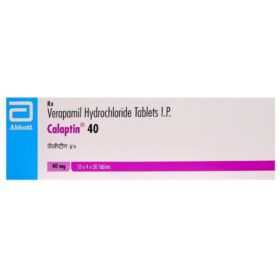 Calaptin 40
Calaptin 40










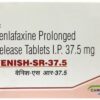
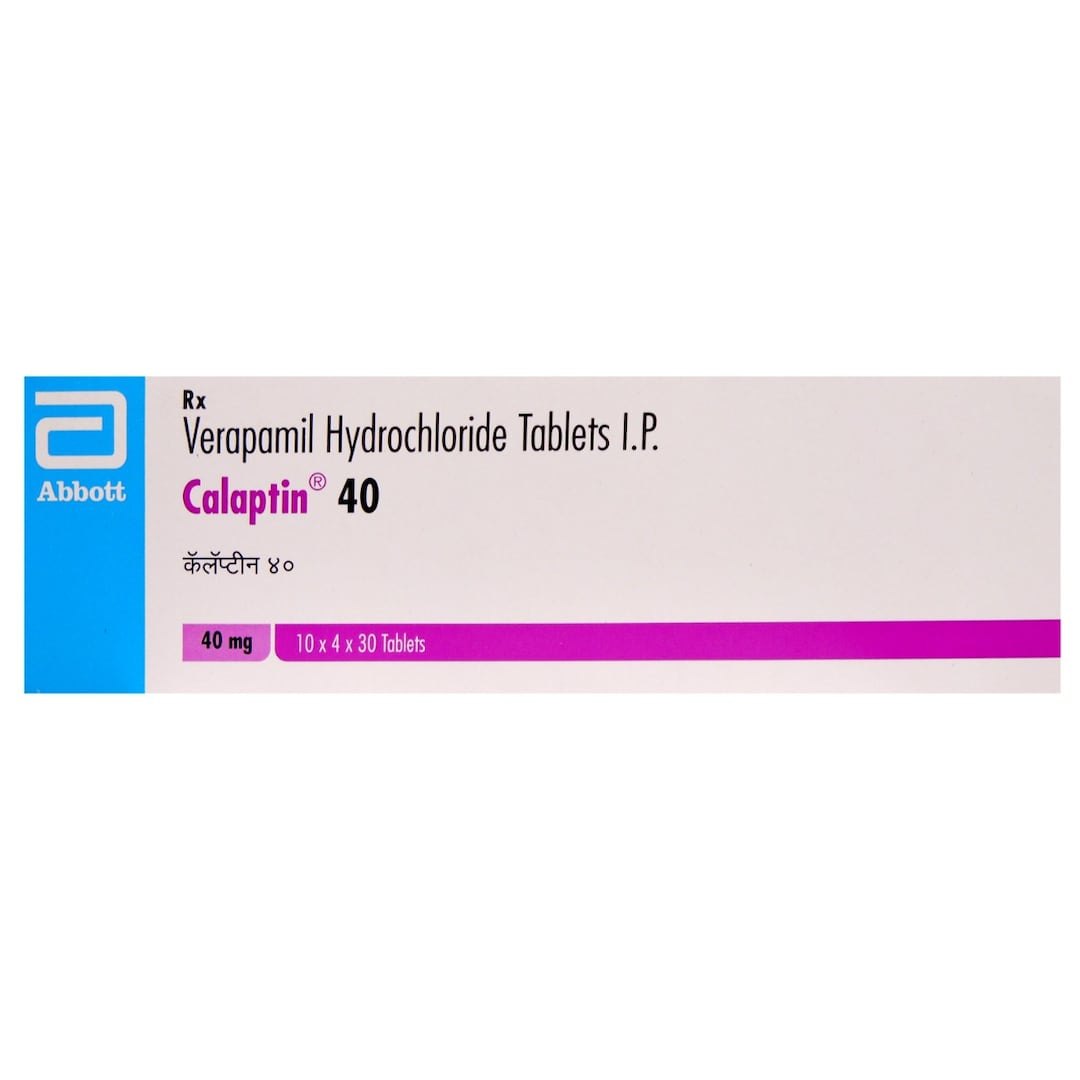
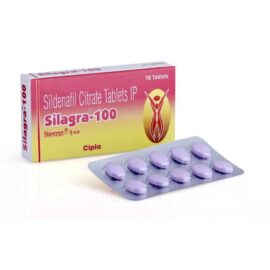
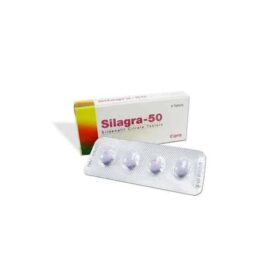
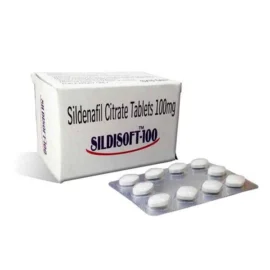
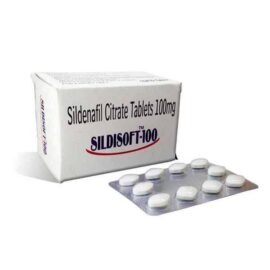
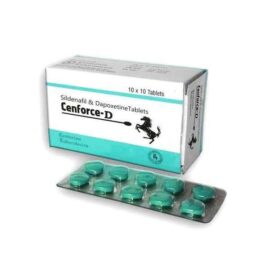
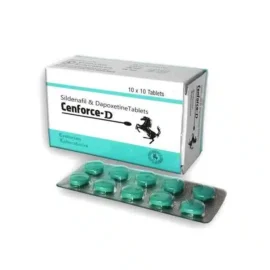
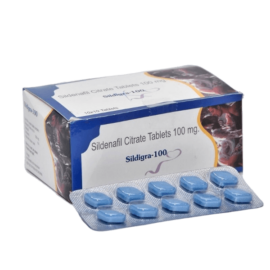
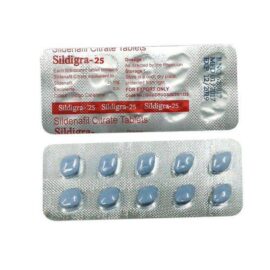
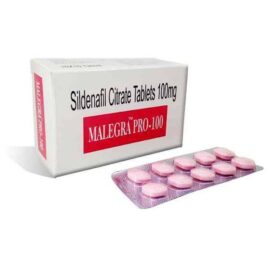
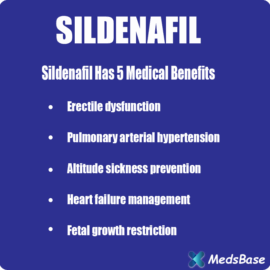
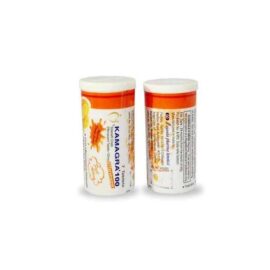
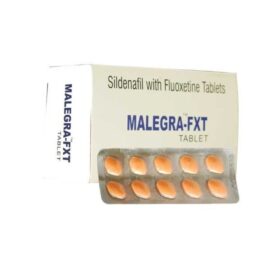
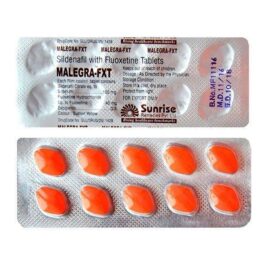
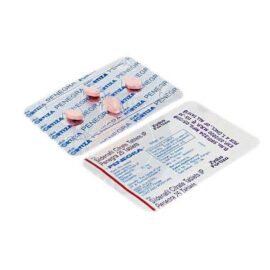
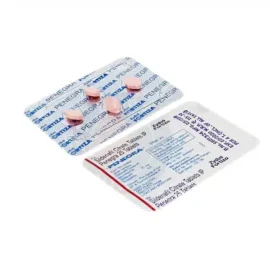
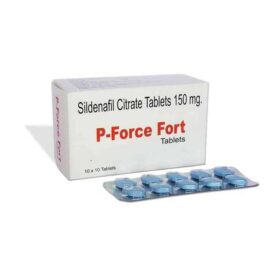
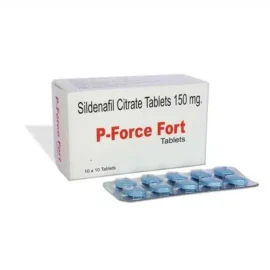
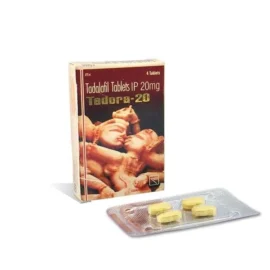

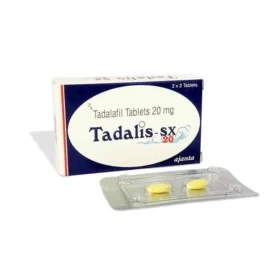
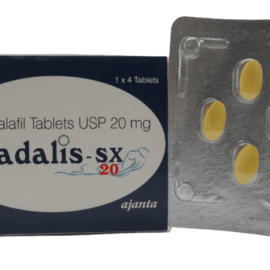
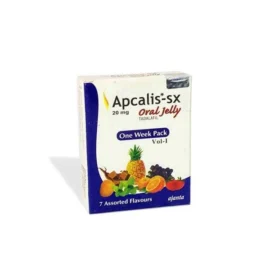
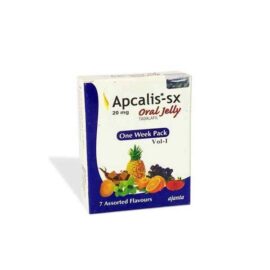
Reviews
There are no reviews yet